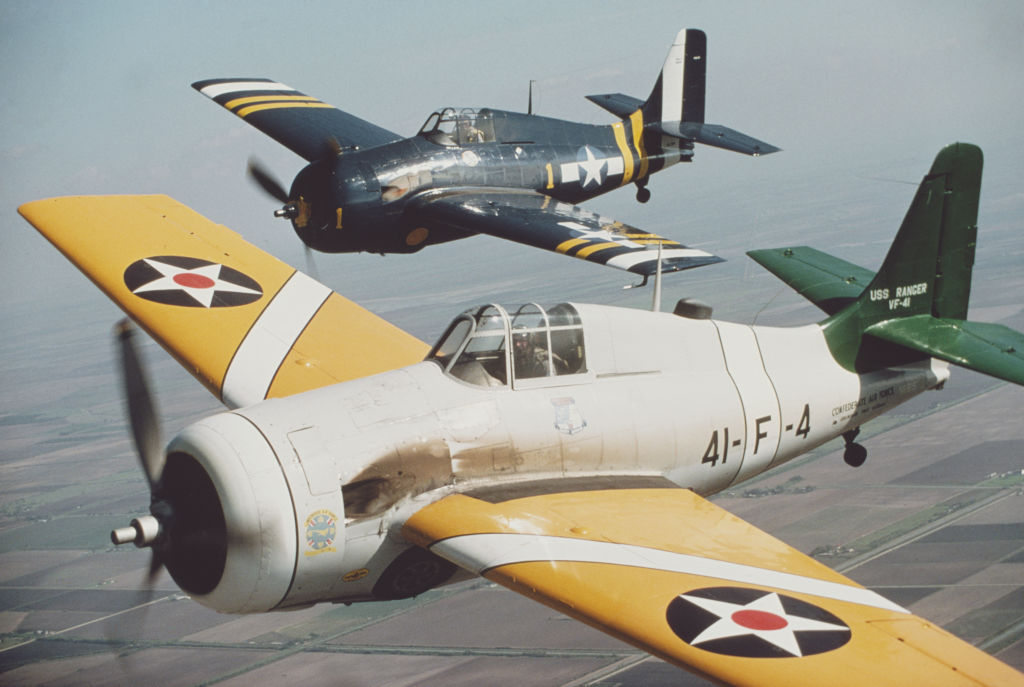Not every aircraft that sounds great on paper actually proves to be great in practice. There are far more proposed aircraft designs than there are aircraft that ended up reaching production. The prototype phase is designed to weed out these potentially poor designs or to highlight flaws in an otherwise sound product.
However, not all aircraft that are rejected at this stage are bad, many are canceled for budgetary reasons, or when an even better design is selected instead. Whatever the reason, a canceled aircraft is usually dead for good. There have been a few notable, lucky exceptions though, where an aircraft has been rejected at the prototype stage only to be resurrected later on.
This is a list of some of those rare occasions.
Rockwell B-1 Lancer
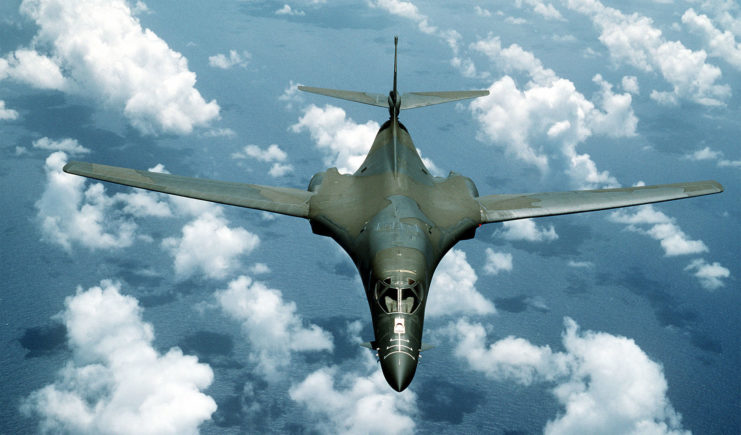
Today, the B-1 Lancer is one of the US’ three strategic bombers alongside the B-52 Stratofortress and B-2 Spirit and is a mainstay in the nation’s air power. The B-1’s development began in the 1960s where it was envisaged as an aircraft that could replace both the B-58 Hustler and B-52 Stratofortress.
A prototype B-1A first flew in 1974.
After years of ballooning budgets and modifications to the design, as well as cheaper methods to achieve the same goal, US President Jimmy Carter canceled the B-1 in 1977. Despite this rather major setback, the project was fired back up in 1981, partly as a stop-gap measure to cover the B-2 Spirit’s development. The aircraft received modifications and was designated the B-1B.
Boeing B-17 Flying Fortress
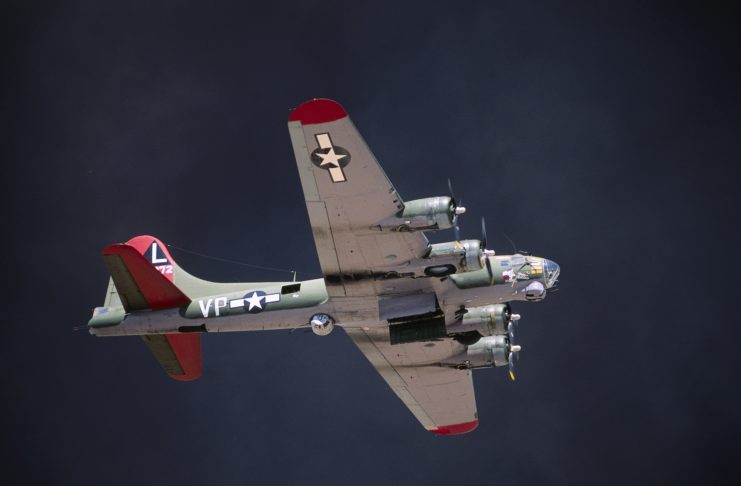
Perhaps the most shocking on this list is the legendary B-17 Flying Fortress. This aircraft is a symbol of WWII, dropped over half a million tons of ordnance on Nazi Germany, and was produced in huge numbers. During the bomber’s development phase, its prototype named the Model 299, performed great against the competition, which was composed of designs from Douglas and Martin.
The aircraft was almost certain to win the competition as the other two designs were much less capable. The Model 299 was so successful that top brass from the air corps was already considering order 65.
Everything was going well until the aircraft crashed during its second test flight, after a mishap with the aircraft’s pre-flight checks. The crash disqualified Model 299, and the contract was awarded to Douglas. The Army Air Force saw the potential in the Model 299 and managed to order the aircraft thanks to a legal loophole.
Northrop YF-17 Cobra
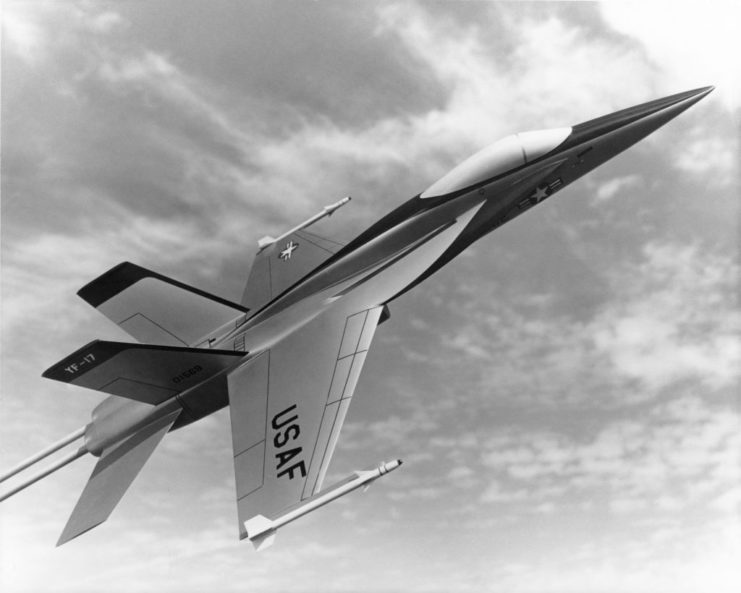
At a glance, this aircraft looks like an F-18 Hornet, but it is in fact the YF-17 Cobra. The aircraft was Northrop’s response to the Lightweight Fighter (LWF) program, which aimed to produce a fighter aircraft smaller than the large F-15 Eagle.
In the LWF program, it competed against the F-16 Fighting Falcon, which was selected as the winner of the competition. Instead, Northrop partnered with McDonnell Douglas to produce the F-18 for the Navy, who saw great potential in the design. The F-18 was a scaled-up and adapted version of the YF-17 for the Navy.
Grumman F4F Wildcat
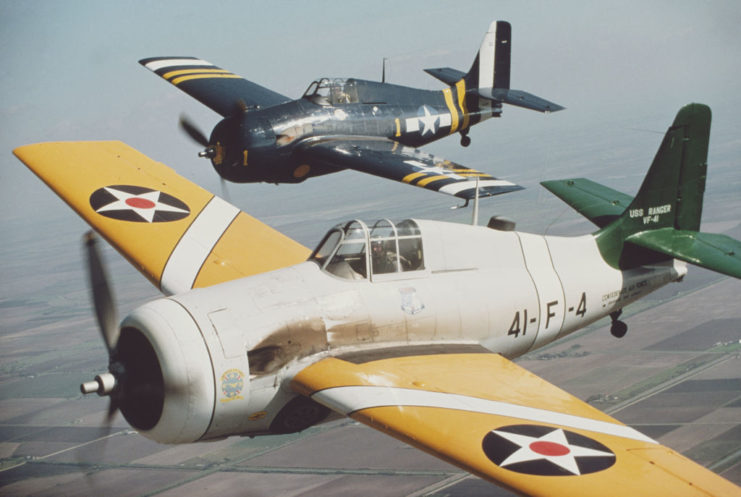
The F4F Wildcat was one of the stars of the Pacific War, where it helped resist the brutal reign of the Mitsubishi A6M Zero. In the 1930s, Grumman was busy trying to perfect their newest fighter for the Navy, the XF4F-2. This aircraft competed against the Brewster F2A Buffalo, which the Navy regarded as the better aircraft thanks to its superior agility. After the F2A Buffalo was ordered into production, Grumman went back to the drawing board, redesigning the XF4F-2 into the XF4F-3.
The Brewster would prove to be a disastrous aircraft in combat, being completely dominated by Japanese aircraft. It would eventually be replaced by the aircraft it was once chosen over.
Honorable mention: de Havilland Mosquito
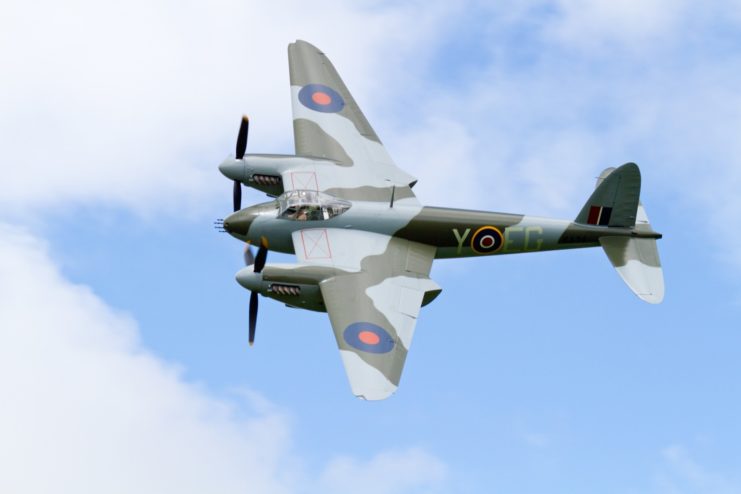
While this aircraft was not technically canceled at the prototype stage, the de Havilland Mosquito deserves to be mentioned due to the huge disparity between what the British expected of it prior to its first flight, and the resulting aircraft which would arguably come to be the most adaptable aircraft of the entire war.
Before the Mosquito even had a name, British authorities saw the aircraft as something de Havilland should not put their time and resources into over more important aircraft. Geoffrey de Havilland designed this aircraft as a lightweight bomber, constructed primarily from wood and powered by two powerful Merlin engines. He predicted it to be one of the fastest aircraft in the war, but the Air Ministry was not interested in the design, no matter how extreme its performance may be.
de Havilland and a few other influential figures saw the potential in the aircraft, and a prototype was finally produced, with de Havilland famously exclaiming it is the “fastest bomber in the world…it must be useful.” The prototype would eventually fly faster than the beloved Spitfire, zooming past 430 mph.
Given the name Mosquito, it would fly in almost every conceivable role possible for an aircraft during the war.
